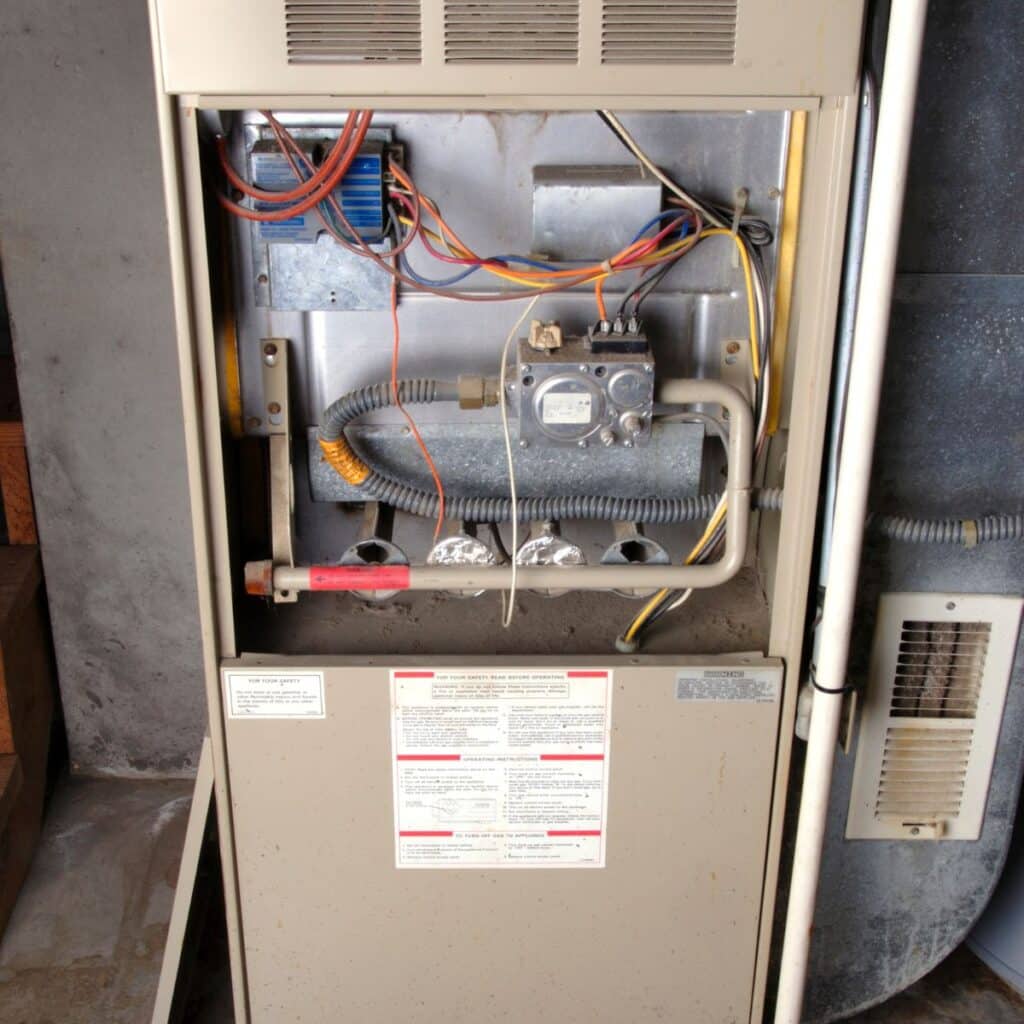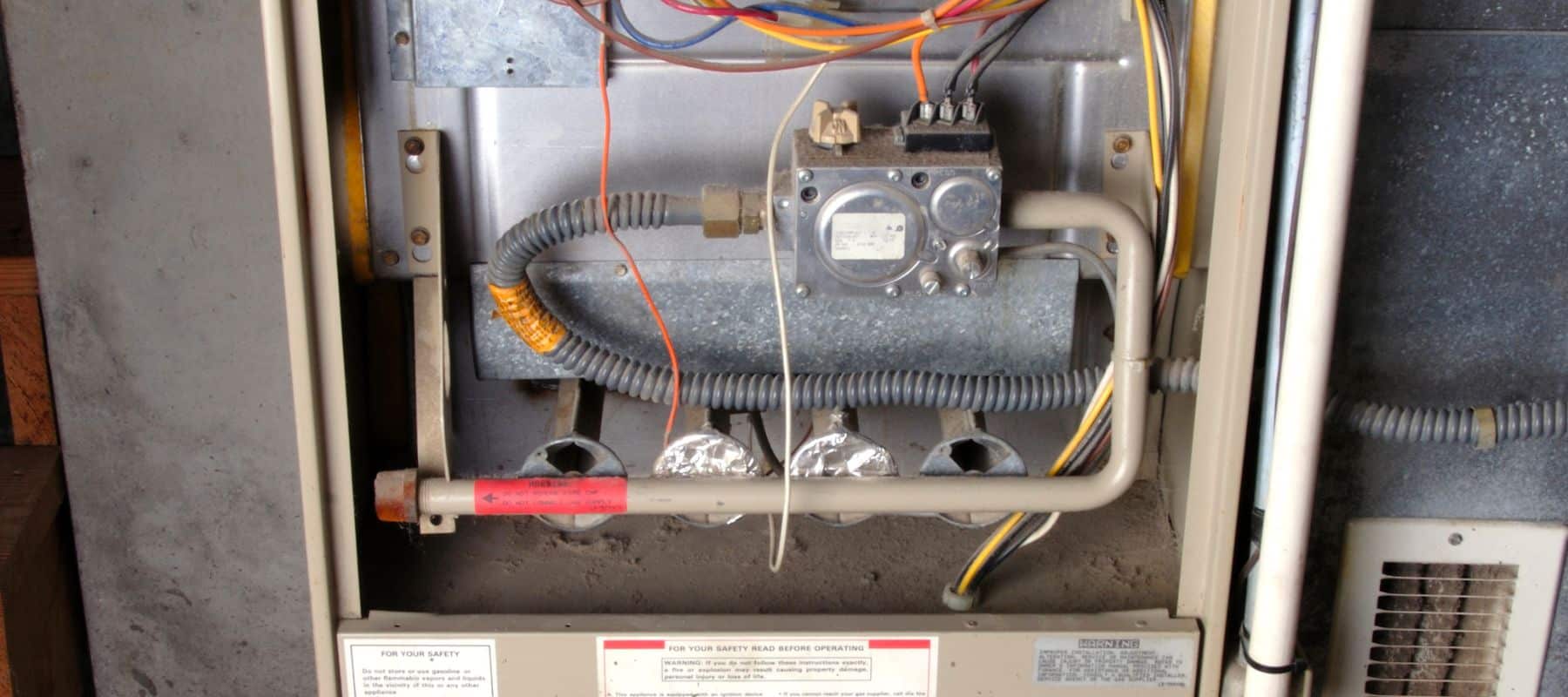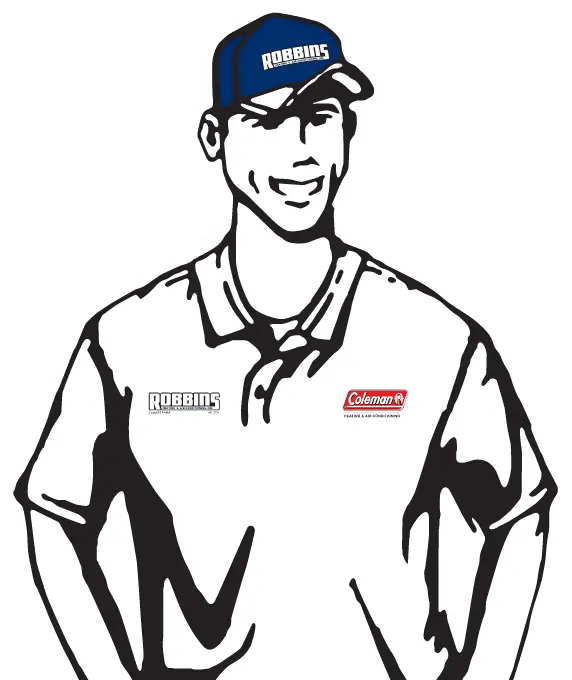5-Star Furnace Services In Farmington, NM
Our modern heaters and furnaces save us from doing a huge amount of work during the winter. We often take them for granted until something goes wrong and we find ourselves at home, freezing and in need of reputable Farmington heater repair.
Luckily, when things go wrong and you end up cold in your own home, the professionals here at Robbins Heating & Air Conditioning are ready with the most comprehensive repair services around.

Most Common Heater Repair Services In Farmington
We’ve been doing this a while and when it comes to things that can go wrong with a heating system, you really can’t surprise us. To give our clients an idea of the issues you could be facing, here are the most common repairs that our technicians find themselves providing.
Pilot Light Issues
In heaters that operate using natural gas, pilot lights are small, constantly lit flames that provide the initial spark for furnaces to ignite. Issues with your pilot light can cause start-up issues, gas leaks or even create small explosions within your system and need to be addressed immediately.
Heating Element Or Heating Coil Replacement
Electric heaters generate heat utilizing coils similar to the ones used on convection stoves. While element issues are nowhere near as serious as pilot light issues, they can still prevent your system from creating warm air.
Blower Motor Or Fan Malfunction
The blower motor is responsible for forcing air throughout your system. A weak or faulty blower motor can cause poor airflow and a broken motor will prevent it entirely.
Thermostat Issues
Thermostat issues are tricky because they can present themselves as far more serious than they are. The thermostat’s purpose is to create a user interface between the homeowner and the heater, allowing you to control your system from a simple switch in the hallway.
This means that a broken thermostat can make it seem like your entire HVAC system is down when in reality – it’s the control.
Thermostat issues are usually very easy to fix with a simple replacement. If you’re replacing your thermostat anyway, now is the best time to ask about our money-saving smart thermostats!
Clogged Air Filters
All heating systems require an adequate amount of uninterrupted airflow to function properly. Air filters contribute to airflow and are essential for removing particulates from your space.
Changing them when dirty is crucial to avoid hindering airflow. Neglecting this can lead to overheating and system failure.
Gas Leaks
Gas leaks are dangerous and any home that utilizes it as a fuel source should always have working gas detectors. Natural gas is treated with a chemical that makes it smell like rotten eggs, so anytime you notice that smell, evacuate your home and call 911.
For furnace repairs, you should contact the professionals here at Robbins.
Ductwork Issues
Ductwork is an essential component of traditional HVAC systems. When damaged or not properly installed, ducts are one of the largest points of potential efficiency loss for the system.
It’s been proven that faults in your ductwork can account for up to 30% of your system’s efficiency loss. Not to mention, dirty, unmaintained ducts can greatly lower the quality of your indoor air.
Heat Exchanger Problems
The heat exchanger is a furnace component. Its job is to be heated by the burners to act as the heat transfer medium between the direct flame and air. A cracked heat exchanger can lead to extremely inefficient heating and potentially allow dangerous gasses to pass into your system.
Heat exchanger problems are rare but one of the most significant issues you can face with your system. When they happen, Robbins is the furnace repair company for you.
Heater Maintenance By Robbins Heating & Air Conditioning
As with any mechanical system, your heater requires regular, seasonal maintenance to function efficiently throughout the years. It’s recommended that you schedule an annual tune-up to ensure that your heater has the best chance of performing at its best.
Homeowners who are diligent about their heater maintenance enjoy benefits like:
- More consistent utility bills
- Greater efficiency
- Longer lifespan
- Avoidance of major repairs
When you’re ready to take the stress out of system maintenance, reach out to our team to schedule your tune-up!
Heater Repair Carried Out With Care
The team here at Robbins Heating & Air Conditioning thinks that no one in the community of Farmington should ever be cold in their own home.
When heater problems happen and you find yourself in need of a team that you know you can trust, don’t hesitate to call us right away!




